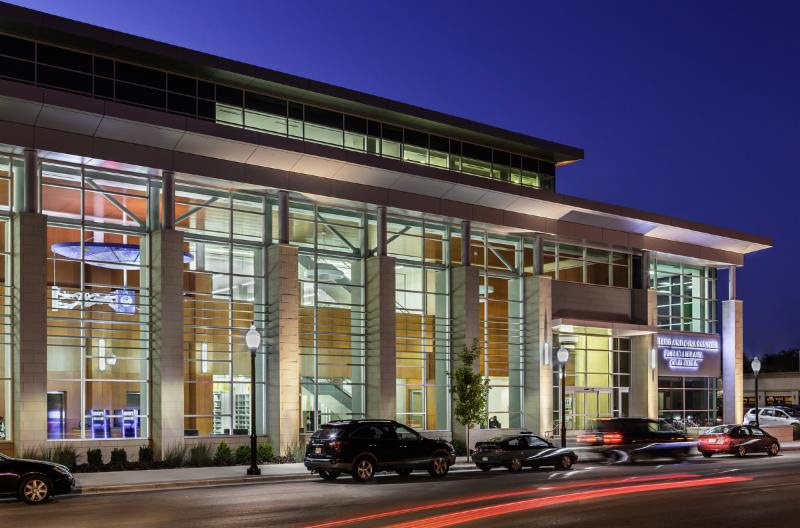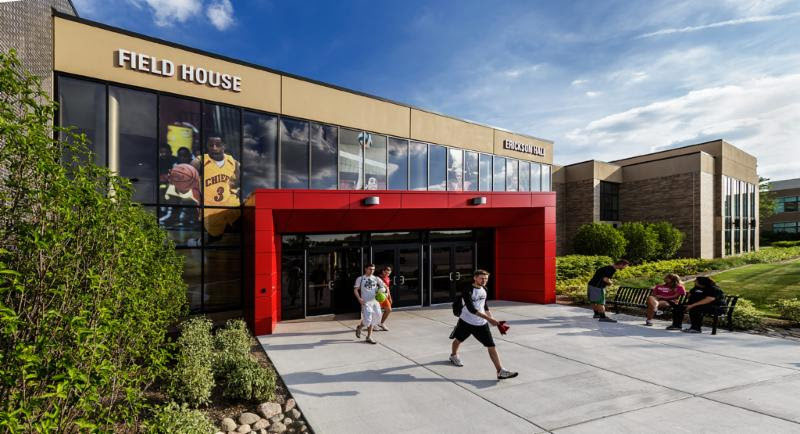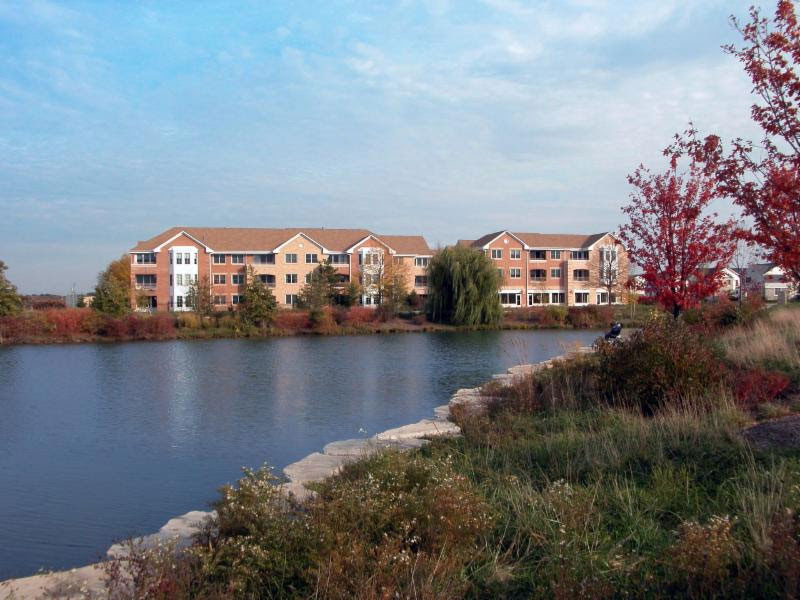Design for Living
11/27/2018

What is the purpose of architecture? What is the importance of architecture? What is good design? How can architecture make life better? These questions are as simple but also as complicated as people are.
Webster's dictionary defines Architecture as "the art or practice of designing and building structures and especially habitable ones." "Design" is embedded in this definition. What is design? Webster's says it's "a plan or protocol for carrying out or accomplishing something." The designer Charles Eames called it "A plan for arranging elements to accomplish a particular purpose." The word 'design' is increasingly applied to broad areas: We now speak of 'design thinking' in business. Design thinking encourages organizations to focus on the people they're creating for and leads to human-centered products, services, and internal processes.
Good design begins by asking the right questions, and then creatively finding the best answers. Each question can lead to broader questions. The architect Eliel Saarinen said, "Always design a thing by considering it in its next larger context - a chair in a room, a room in a house, a house in an environment, an environment in a city plan."
When an architect is asked to design a certain building or space, the first questions to ask are: What is needed? What is the purpose? How will it be used? Who will be using it? The answers are often not the most obvious or the most commonly used, and may involve pushing the envelope, and thinking in different ways.
Good design involves thinking through ahead: how materials are used; how spaces relate; how the building relates to its environment.

"Every time a student walks past a really urgent, expressive piece of architecture that belongs to his college, it can help reassure him that he does have that mind, does have that soul." - Louis Kahn (Waubonsee Community College Field House)
GOOD DESIGN / GOOD ARCHITECTURE
Architecture creates a large part of our physical environment. It can create spaces and environments that we enjoy being in, that are rewarding, that inspire. It shapes how we move through spaces, the relationships between them, how spaces communicate with one another. Architecture, when it is done well, improves human life. It is not manifest apart from us: it is us manifest. "We shape our buildings, thereafter they shape us."
Well-designed schools can create better learning environments. Well-designed residences can lift the spirit. Workplaces with good architecture experience higher productivity. Well-designed hospitals help ensure that patients are treated quickly.
A well-proportioned classroom that has generous natural light, good acoustics, no glare, good air quality, a comfortable temperature, sufficient space to accommodate a range of activities for an appropriate number of students, appropriate storage, with just the right amount of display, will improve educational outcomes.
ARCHITECTURE IS EVERYTHING
Architecture is everything: it involves structure, materials, purpose, context, and function of a building. It is both an art and a science. Engineering is as important as art in shaping the environment. Yet it is not just art, nor just science: it is more than these. It also draws on psychology, sociology, economics, politics, and many more areas. It's all these things together and in a completed structure you cannot separate these individual elements out.
If a building is well-designed, it of course functions well. The materials used are appropriate; it works with nature in terms of energy, light and resource use; it creates spaces that go beyond just functioning well. If something is well-designed, you don't need to add anything more or take something away: Either of these acts would diminish the whole. In that sense, function is important, but all these other aspects are too, and they can't be separated.
Understanding the way in which environments affect people can enable the design of spaces that have the ability to influence people's behavior. This can be as simple as creating adjacencies. Over a period of many years the classrooms at Argo High School had been positioned so that departments and rooms that needed to communicate with one another were far apart. We grouped them together so they can function more effectively.

Architecture gives shape to our communities (Glenshore Residences, Glenview, Illinois)
GREEN DESIGN
The past several decades have seen increasing emphasis on "green design." Green design can save money. A rule of thumb is that the cost to operate a building averages five times the cost to build it initially.
Sustainable ecology has made tremendous changes to architecture. Buckminster Fuller promoted the concept of "doing more and more with less and less." Never has the call to "do more with less" -to use materials more economically and efficiently, to consume less energy - been more relevant. The principles of sustainable design, which Fuller pioneered, are central to architecture today.
Many "green" decisions do not add cost. How a building is sited, where its windows are placed and what direction they are oriented; whether they are protected by overhangs; how a building works with rather than against the environment, are decisions that needn't add initial construction cost, and that when made correctly can save ongoing energy costs.
ARCHITECTURE AND COMMUNITY
Architecture is created by people, for people. The most successful architecture goes beyond just being a shed or a box for living: buildings can inspire us in addition to housing our activities and our lives.
The physical environment determines a large part of the quality of life. It is more than individual buildings. Architecture gives shape to our communities. It is an expression of values: the way we build reflects the way we live and expresses what is important to us. At its most noble, architecture embodies our most worthy civic values.
Architecture is a part of culture- it has been called the mother of all arts. It is certainly part of how we see ourselves, and part of how we see the world.
The most pressing issues that are facing the world today have to do with the great social needs of a huge percentage of the world's population. In addition to shaping our local communities, architecture has an enormous challenge and an enormous opportunity to design for the larger population that has pressing needs for housing, schools, and much else.

"The first thing that an architect must do is to sense that every building you build is a world of its own, and that this world of its own serves an institution." - Louis Kahn (Aurora University John C. Dunham STEM Partnership School)